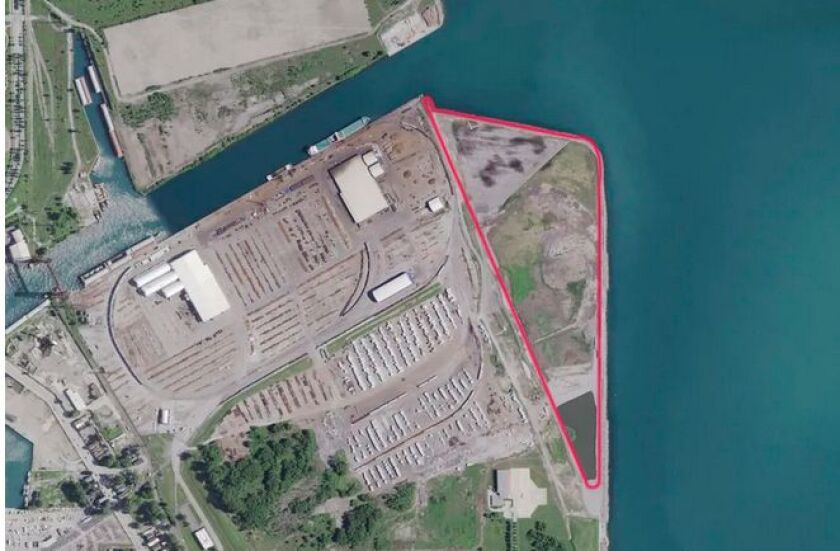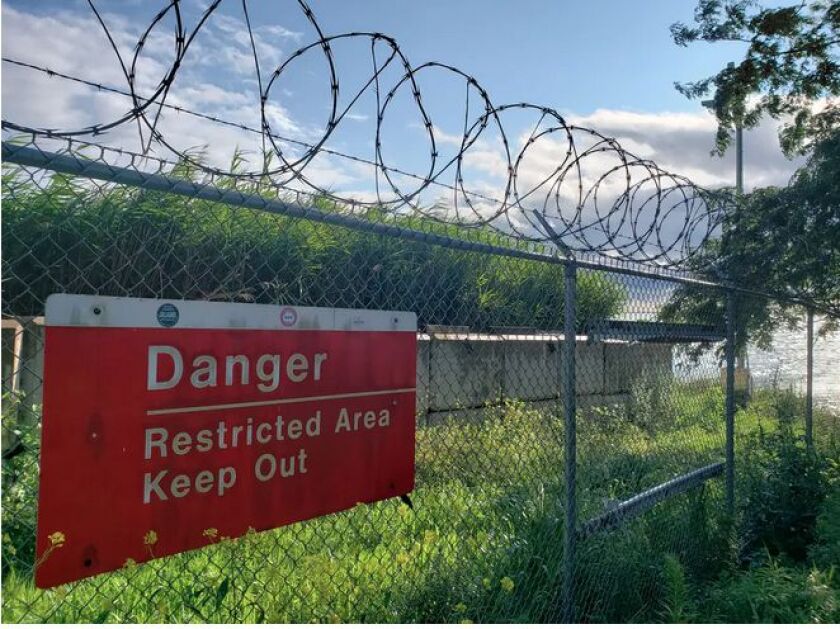The coronavirus pandemic reminded us how much parkland adds to our lives, especially along the lakeshore. When so many of our usual gathering places were off-limits, strolling through parkland gave us a chance to restore our sanity.
That’s why about 45 acres on the Southeast Side at the mouth of the heavily industrialized Calumet River should become a park — now. It should not remain a place to pile up tainted muck dredged from the bottom of the Calumet River and other waterways.
“The highest, best use of our lakefront is to create a healthy space for people who live in and visit Chicago,” says Joel Brammeier, president and CEO of the Alliance for the Great Lakes.
The site, owned by the Chicago Park District, was supposed to become parkland in the 1990s, linking Calumet Park on the south to Steelworkers Park on the north and creating a nice stretch of open and scenic parkland for the community. It also would have been a welcome respite for birds migrating through the area each spring and fall.
Instead, the U.S. Army Corps of Engineers has continued to use the site as a “confined disposal facility” for sediment dredged from the river each year to keep the channel open for tugboats, barges and ships. The shoreline site will reach capacity soon, especially if the lake level drops back down, when more dredging is required. The Army Corps wants permission to keep dumping the accumulated sediment until it rises about 20 feet higher than the adjoining parks.
The Army Corps and the City of Chicago are moving ahead on a couple of fronts, with plans to delay opening the park and continue the dumping, as the Sun-Times’ Brett Chase reported Monday. Permits are required from the Illinois Environmental Protection Agency, which should hold out for a park.
The Southeast Side is a community sorely in need of environmental justice. Some areas are still contaminated from its industrial past, including brownfields and a place that has been named a U.S. EPA Superfund site. Community activists have objected to the scrap-shredder General Iron moving to a site on the Calumet River and have worked to stop fly-by-night companies from leaving barrels of waste in their neighborhood.
“We should not have federally operated landfills in neighborhoods anywhere in the nation,” says Ders Anderson, greenways director for the environmental group Openlands.
Storing sediment tainted with mercury, PCBs, lead, cyanide and other toxins right next to the lake, even with protective berms, seems unwise at best a time when high water levels are weakening shoreline protections and threatening to wash the accumulated material right back into the lake. Stronger storms and bigger waves on the lake are expected because of climate change. The Friends of the Parks and environmentalists say contaminants already are starting to leach into the lake — the source of our drinking water — though the Army Corps says its testing shows the water is safe.
The Army Corps did look for other sites, but residents opposed any site in their community. That makes sense in a beleaguered area that needs to put every square foot of available land to the best possible use.
We favor a plan by environmentalists that would reduce the amount of tainted sediment that gets into the river and lake. That can be achieved by restoring the riverbanks to reduce the amount of dirt and contaminated material carried from 2,500 acres of industrial land into the river by wind or storm water runoff. Having less material to dredge would make it more cost-effective to move the rest of it to landfills away from residential areas.
Under the rules, the Army Corps itself can’t pay to transport the sediment away, but can we get creative here? Especially with infrastructure money coming out of Washington? The problem should not be insurmountable. Municipal garbage trucks manage to haul away more than four times as much waste to distant landfills.
There is no easy answer here. But finding a way to make this site a park — a move that we backed a year ago — would benefit the community and the lakefront. The authorities involved should find a way to make it happen. An opportunity for a new lakefront park doesn’t come around very often. Chicago should not miss the chance.
This park has been promised for too long to delay it again.
Send letters to letters@suntimes.com.







